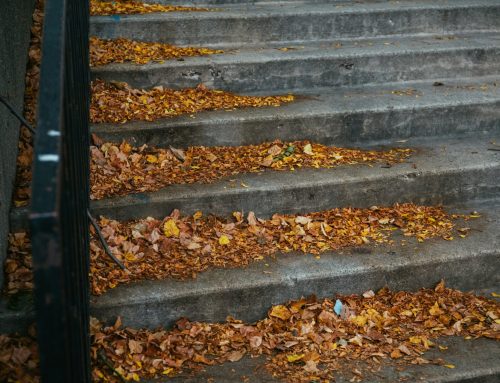No one alive today has experienced life during a pandemic. It’s been 100 years since the last one impacted the US. While our science is much more established than in the last century, there are some lessons that we can learn from the way that the Spanish Flu was handled in 1918.
Social Distancing Works – The Spanish Flu ended up killing about 675,000 people in the US, and that’s more than died in WWII. It would have been far worse if they didn’t start shutting down schools, libraries, and businesses. Staying at home, and shrinking your social circle is one of the best ways to prevent the spread of the virus.
Names Matter – The Spanish Flu likely began in the middle of the US. The first news item regarding it came from Spain, and that’s how the name originated. This name often made it sound like a distant threat. When Covid-19 is referred to as the Wuhan Flu, or Chinese Flu, it can have the same impact, minimizing the seriousness of the situation in the US.
Watch out for Pneumonia – Many of the Covid-19 fatalities are coming from pneumonia, which takes hold after an immune system is weakened from fighting the virus. Older people and those with compromised immune systems have been much more susceptible to pneumonia. That’s why the fatality rate has been higher among these populations.
It Travels Far and Wide – The Spanish Flu began in 1918, as World War I was still raging on. Soldiers and other travelers carried the disease to different areas of the globe. We’re now in a period of heightened globalization. With air travel far more established, all it takes is a single flight to or from a ravished area, and the virus can spread globally.
Conclusion
While life in a pandemic is new to our time period, plenty of lessons can be drawn from history. While the death tolls were high, our science has improved considerably since then, and medical experts predict that Covid-19 numbers won’t reach the same heights. The lessons above can help us keep today’s situation and the efforts to fight the virus in perspective.








